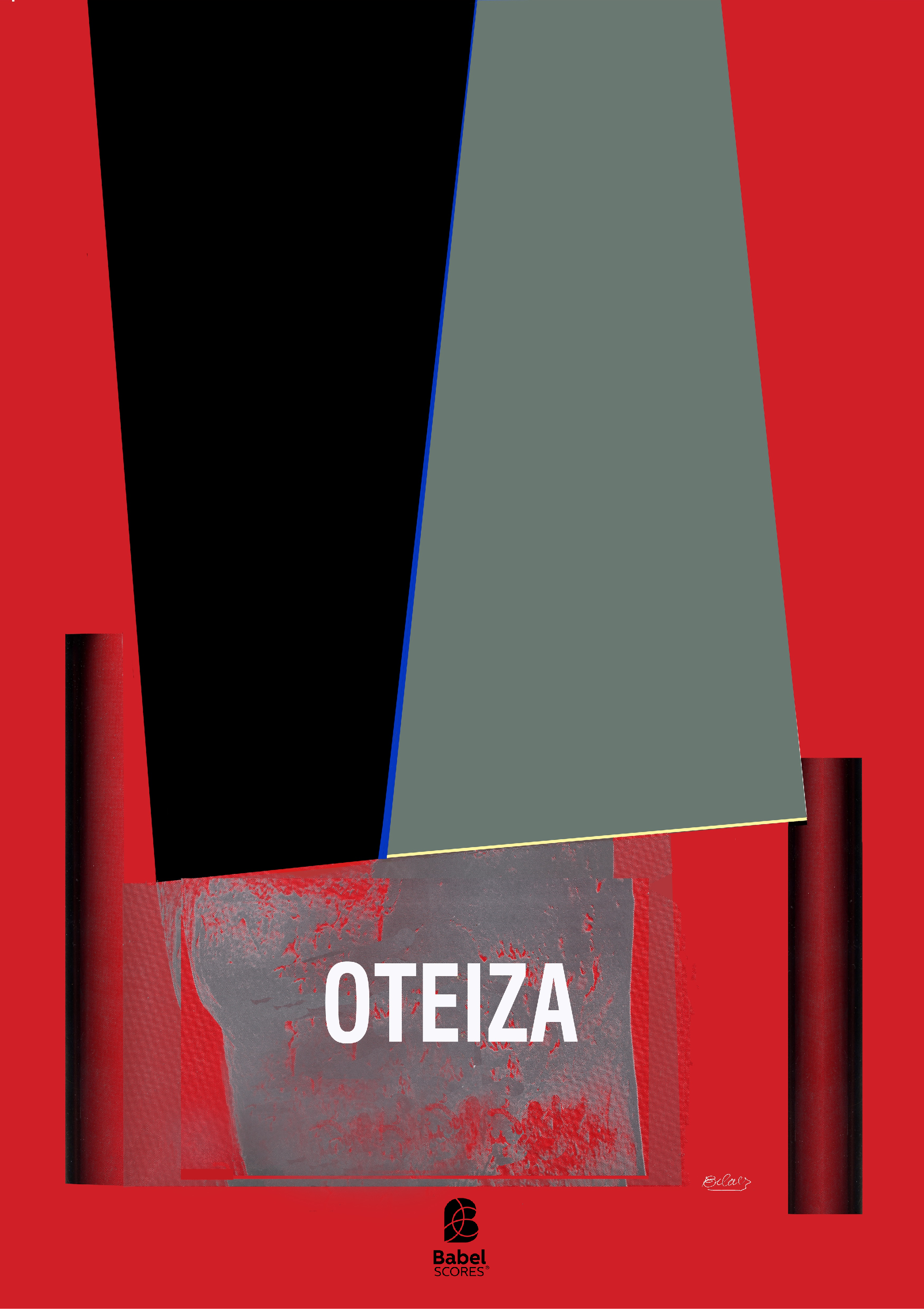Oteiza
ISMN : 979-0-2325-5245-3
- Identifiez-vous pour créer une liste
With a monodramatic format, this opera recreates the thought process of the artist Jorge Oteiza, one of the most important creators of XX century in Euskadi, the Basque country.
It constitutes the most significant contribution that has been made to this date, in the field of performing arts, to the work of the Basque sculptor, poet and essayist Jorge Oteiza, both because of the uniqueness of the dialogue established with it: intimate, intense, from inside; as well as the quality of its musical performance, the coherent and innovative working method developed and the extraordinary artistic cast assembled.
`Oteiza´ questions the notion of individuality through a journey in which one being’s identity finds his ties to primitive values (sky, earth, nature) in a void.
The catalyst in this encounter is the cromlech. In his ponderings, Oteiza associates this Neolithic figure with the act of becoming conscious of the void. The opera explores new ties between the dimensions of the body, actor, lighting, scenography and sound in a written work that provides no boundaries between these elements. Instead, it proposes new crystallizations in their ways of interacting, which take shape in the materials used by Oteiza in his work as a sculptor: iron, stone and wood, and found them into the Basque traditions and nature: the txalaparta, traditional cencerros, stones borrowed from a mountain river...
In the words of the musicologist Ramón de Andrés, “the music of Juan José Eslava, in similar fashion to the sculpture of Oteiza, often proposes a return to the beginning, a return to the place of Being. Indeed, his scores frequently reveal an ambience of inauguration and even of epiphany. It can be said that they contain a continuous vocation: that of discovery. It’s about thinking of origins, reflecting upon the One as a source of all things. His is a path towards the essence rather than a metaphysical reconstruction projected into the future. There is not projection, but instead a desire to create a space prepared for an inaugural event, a dimension where movement tends toward stillness and that which the Greeks called sigé, or silence. Over the course of the past few days, while I’ve listened to his music, time and time again I was reminded of that very Heideggerian way of thinking about a work of art. Namely, that it cannot be defined as a single point: it isn’t a centre that proposes, projects or spreads meaning, but quite the contrary. It’s the other way around: the artistic work, in this case the music, behaves as a confluence of exterior elements, a point of arrival, like destiny coming true from the outside in, to the core.
Pages - 224







